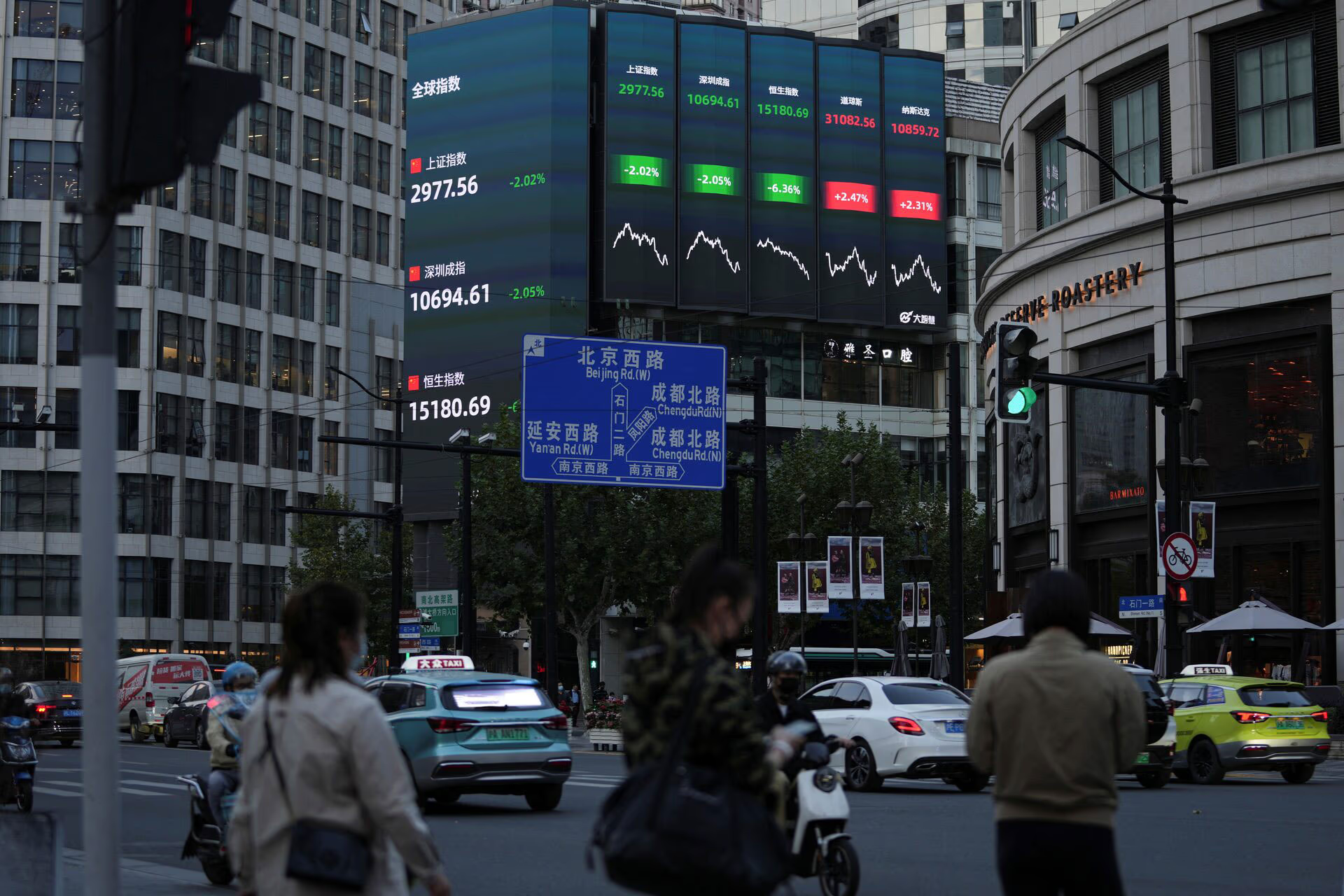On Tuesday, May 13, Donald Trump will arrive in Saudi Arabia with a bold request—$1 trillion in investment into the U.S. economy. That figure roughly equals the kingdom’s entire annual GDP. Crown Prince Mohammed bin Salman has already pledged $600 billion over the course of Trump’s presidency. Yet economists doubt Riyadh’s ability to deliver even half of that amount.
Despite its oil wealth, the kingdom faces tight budgetary constraints: revenues are falling short, and the 2025 deficit is projected to exceed $70 billion. The sovereign wealth fund, which holds $925 billion in assets, has already announced a shift away from foreign investments toward domestic projects. "We’re focused on the internal economy," said its chief, Yasir Al-Rumayyan, back in October.
Still, upon hearing the $600 billion figure, Trump suggested "rounding it up" to a trillion—along with cutting oil prices. "We were very good to them," he explained. According to Tim Callen, former head of the IMF mission in Riyadh, such ambitions are implausible: "I don’t see how they could even reach $600 billion, let alone a trillion."
These inflated expectations are hardly new. In 2017, Trump claimed Saudi investments would reach $450 billion, but during his entire term, U.S. exports of goods and services to the kingdom totaled just $92 billion—less than under Obama. Still, Trump’s campaign insists: "The president has already secured $5 trillion in investment," claims his communications director.
The upcoming visit to Riyadh promises to be as lavish as in 2017, when Trump was greeted with a sword dance and portraits of him adorned the facade of the Ritz-Carlton. Saudi authorities are once again organizing an investment forum featuring the heads of IBM, BlackRock, and Citigroup. Meanwhile, the U.S. State Department has approved the sale of $3.5 billion worth of air-to-air missiles, along with a memorandum on cooperation in extracting strategic resources.
Yet many of these deals are likely to be repackaged versions of previous agreements—some will remain memoranda, others mere gestures for the cameras. In practice, Saudi Arabia continues to invest in the U.S. without additional deals: $110 billion have been allocated through the sovereign wealth fund, $2 billion went to a fund managed by Jared Kushner, Trump’s son-in-law, and over $100 billion are held in U.S. Treasury bonds.
Riyadh’s resources, however, are limited. Beyond its sprawling public sector, the kingdom is bankrolling multi-trillion-dollar megaprojects—from the futuristic city of Neom to preparations for Expo 2030 and the 2034 World Cup. The Diriyah Gate cultural and tourism complex alone has ballooned from $20 billion to $60 billion, while the 'Red Sea' project has already cost $20 billion. With oil prices hovering at $60–70 per barrel, the budget requires at least $108 just to break even—otherwise, borrowing becomes inevitable.
"The $1 trillion idea is frankly unrealistic," says Ziad Daoud of Bloomberg. Saudi Arabia now borrows more often than it lends. Even an aggressive rebalancing of its investments, according to Farouk Soussa of Goldman Sachs, would not free up the necessary capital. The kingdom’s total foreign assets are estimated at $1.4 trillion—much of which is already parked in the U.S.
Yet for Donald Trump and Mohammed bin Salman, this is less about economics than performance. "They both love throwing around giant numbers," says Tim Callen. What brings them together is less policy than style—transactional, theatrical, and dismissive of fine print. What happens with the real money will be decided later. Or not at all.
Trump, Everywhere

A Tariff Truce That Solves Nothing
The US and China Lowered Mutual Tariffs to 30% and 10% for Just 90 Days—Markets Breathed, but Politics, Elections, and Structural Tensions Remain

China Prepares for a Prolonged Trade War
Beijing Builds Economic Resilience and Bets on Domestic Demand

When Protectionism Backfires on the US
Why German Businesses Are Pulling Back Investment and Losing Faith in the American Market

